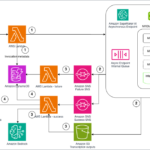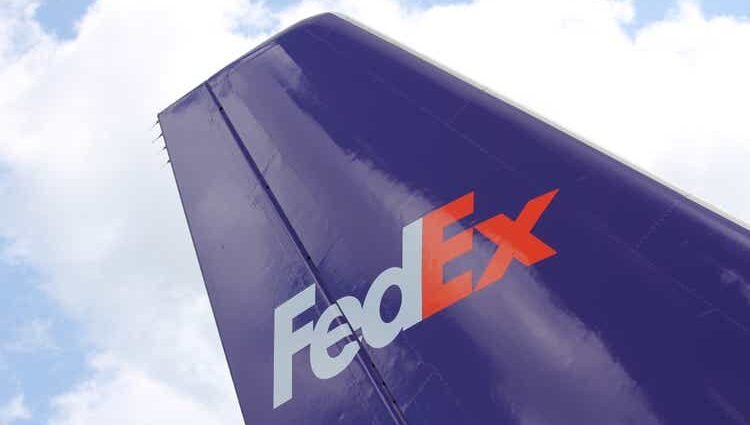Raymond James trimmed its price target for the major less-than-truckload (LTL) freight carriers (FDX, SAIA, XPO, ODFL) but maintained a bullish outlook as the overall tonnage environment seems to have returned to more historical patterns given that March was the first time in more than 2 years that public LTL tonnage exceeded industrial production.
However, as comparables begin to lap the Yellow bankruptcy last year, and as pricing trends ease, overall tonnage could dip back in negative territory, driving Raymond James analyst Patrick Tyler Brown to lower the price targets for XPO Inc. (NYSE:XPO), FedEx Corp (NYSE:FDX), Old Dominion Freight Line (NASDAQ:ODFL), and Saia (NASDAQ:SAIA) by 4% to 11%.
Taking a closer look at FedEx (FDX), which reports FQ4 Tuesday (6/25), Brown sees the company’s upcoming FQ4 results and guidance especially notable for the execution of its DRIVE initiative, a key focal point for investors. The initiative is expected to drive $2.2B in annualized cost savings for FY25.
“We are of the view that the story at FedEx hinges on the execution of these idiosyncratic cost initiatives, particularly as the freight/parcel market remains soft,” Brown said, estimating that the company will acknowledge a headwind of roughly $1.2B to $1.3B from fewer operating days, higher incentive compensation, continued international air surcharge pressure, and costs associated with the USPS wind-down.
“All said, we surmise FDX will guide to a very low $7B in EBIT for FY25 (vs Raymond James’ $7.1B estimate) and that guidance will prove ‘good enough’ considering the weakness in the stock over the past couple of months,” Brown added.
The firm maintained its Outperform rating for FedEx (FDX) as the company’s DRIVE initiative will likely take hold and drive better margins, earnings and free cash flow, and set the stage for improved shareholder returns.
Wall Street is looking for the company to post a profit of $5.38 per share on a slight increase in revenue to $22.06B. For the full year, FDX is projecting revenue to decline by low-single digits and profit to be between $17.25 to $18.25 per share.










